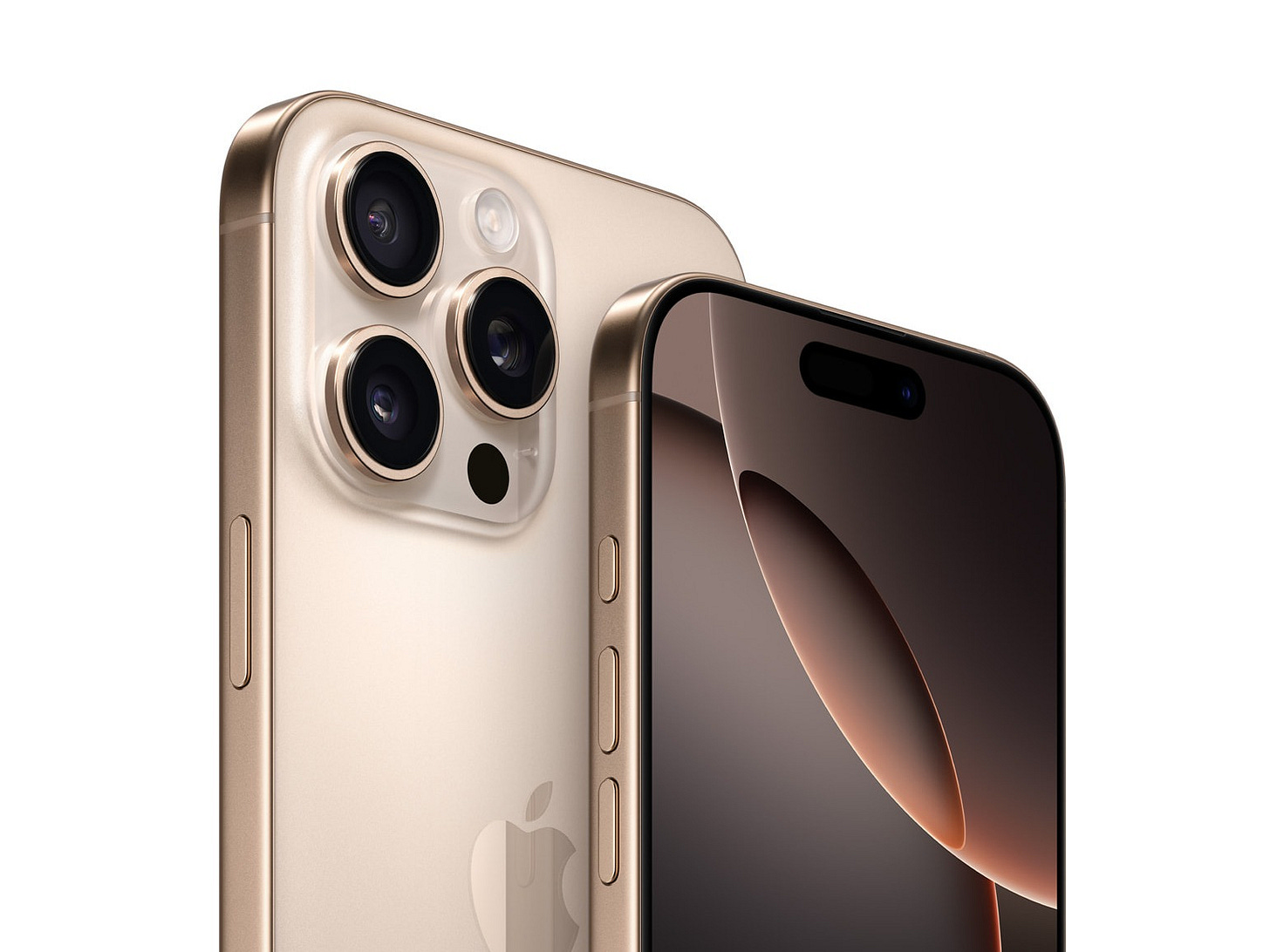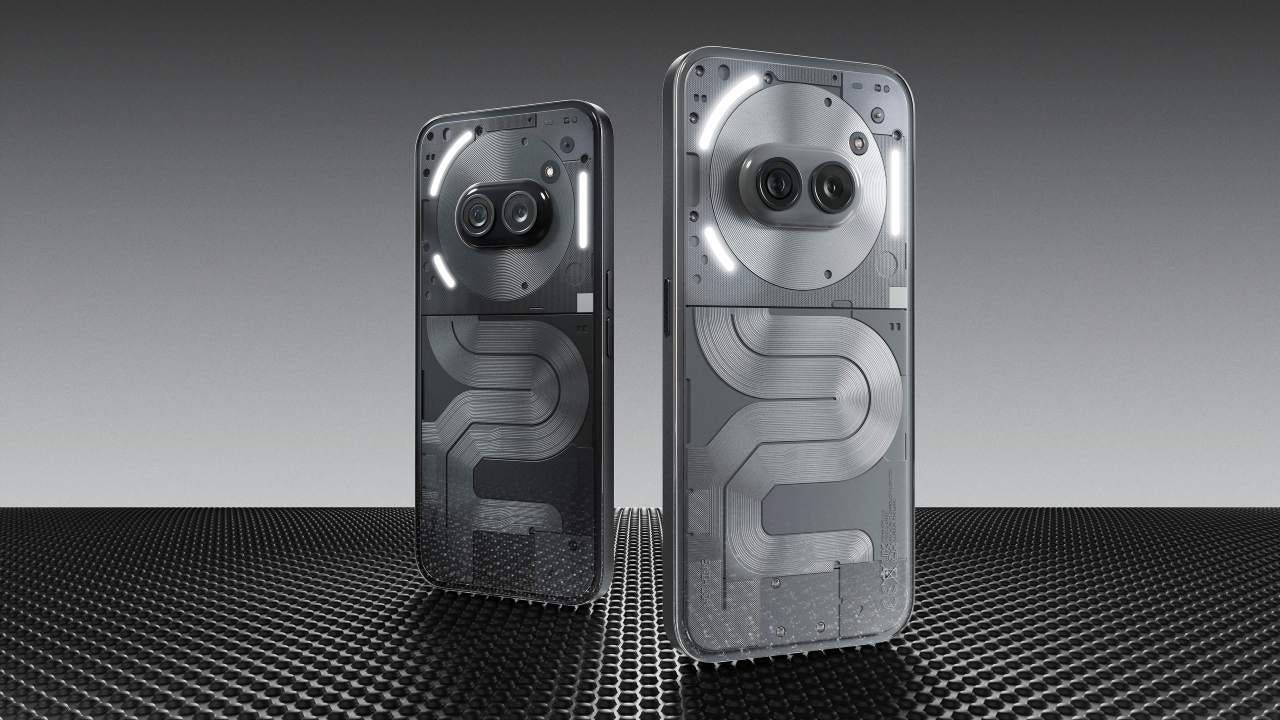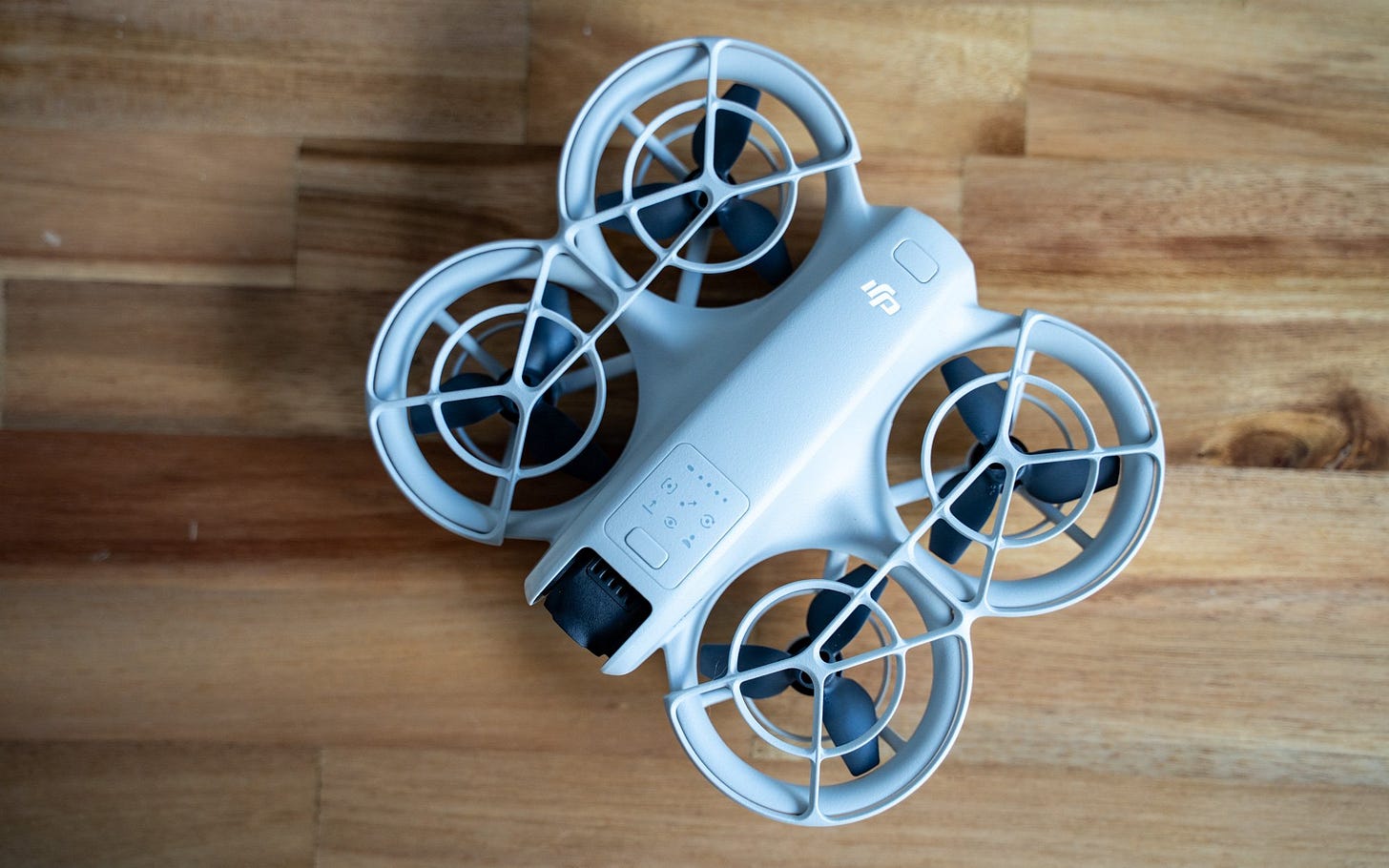Apple launch event leaves us wanting more glow
Somewhere, the AirPods Max is screaming for upgrades instead of a colour and charging port refresh
September is usually the time when Apple fans get all excited at the new products to spend their hard-earned cash on, but last night’s (Singapore time) event felt underwhelming, especially for those looking for an upgrade.
The iPhone 16 series and iPhone 16 Pro range don’t look too different from the iPhone 15, but they do get some hardware tweaks. The iPhone 16 and 16 Plus now get the very useful Action Button, as well as a new Camera Control button. Likewise, the 16 Pro and Pro Max get the button as well, which allows users to just press on it to snap a picture, or slide along it to quickly access camera settings.
Speaking of which, the cameras for both phone series have been upgraded, with the Pro series getting 4K 120fps video recording. The 16 Pro also now has the 5x telephoto lens usually found on the Pro Max, though it’s likely next year’s 17 Pro will get fewer capabilities compared with the Pro Max if Apple follows the same cycle.
Of course, the new iPhones are focused around Apple Intelligence, but it won’t be available on the iPhones when they launch on Sep 20. Some of these AI features will only arrive in October with the rest to follow next year. Given how much Apple talked about the iPhone being designed for Apple Intelligence, it honestly feels like a huge miss not to have these AI features ready at launch.
Besides the iPhones, Apple also announced the Apple Watch Series 10 (thinner with bigger screen), with titanium replacing the stainless steel version. The new smartwatch can also detect sleep apnea, which is honestly the coolest thing announced. There’s no new Apple Watch Ultra, instead the Ultra 2 gets a new colour and finish.
Lastly, you have the Apple AirPods 4, which now come with spatial audio, voice isolation, a smaller case with wireless charging, and an ANC version, too. If you were waiting for an AirPods Max upgrade, sadly, you’ll have to keep waiting. Apple only announced new colours, and a switch from Lightning to USB-C for these four-year-old over-ear headsets. It’s also still using the ancient H1 chip instead of the now two-year-old H2 chip that’s found in the AirPods 4. Which begs the question, what were they thinking?
Anyway, this week, we tried out Google’s foldable phone, which is available in Singapore for the first time. If you’re looking for something more affordable, perhaps the Nothing Phone 2a Plus is up your alley. Finally, we also tested DJI’s latest drone, which is fun to fly, and relatively affordable.
Google got the hardware spot-on with its second foldable phone, the Pixel 9 Pro Fold (S$2,399). It’s really sleek when unfolded, while its outside screen feels like the standard 6.3-inch Pixel 9 when used folded. Software-wise, the Pixel 9 Pro Fold doesn’t push the envelope, but it offers similar multi-tasking and photography features as other foldable phones.
The Nothing Phone 2a Plus is a minor upgrade over the earlier 2a model. You get a slightly faster processor, and an improved 50MP front camera that can also shoot 4K videos. Its pricing is also reasonable for a mid-range smartphone — at S$569, it’s a slight S$70 increase over the 2a that is justified by the hardware improvements.
The handy, lightweight DJI Neo fits in your palm, and doesn’t have to be registered with CAAS — as its 135g weight is below the 250g limit. Battery life is decent, with up to 10 minutes or more flight time. But while it’s fun to fly, the DJI Neo’s camera is lacking in details, and doesn’t have HDR. However, it is fairly affordable for a DJI drone at S$249.








